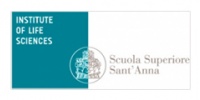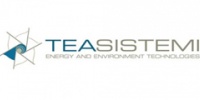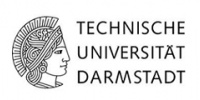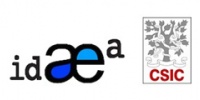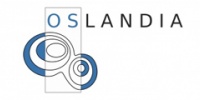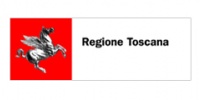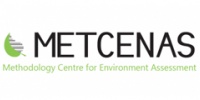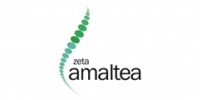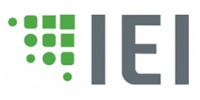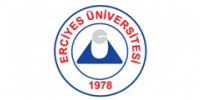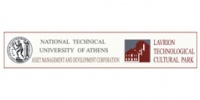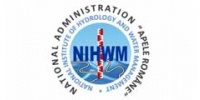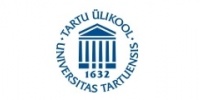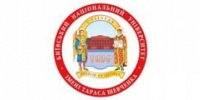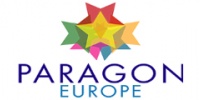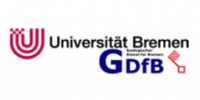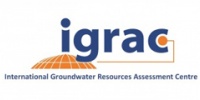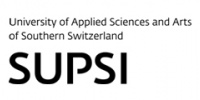 This project has received funding from the European Union’s Horizon 2020 research and innovation programme under grant agreement No 642224
This project has received funding from the European Union’s Horizon 2020 research and innovation programme under grant agreement No 642224
WP description:
The objective of this WP is to apply the FREEWAT platform to case studies to solve issues for the implementation of the Nitrate Directives or other local/national regulations related rural water management in order to:
- demonstrate the advantages of using the platform;
- use FREEWAT to develop scenarios for water resources management under the requirements of the EU or national/local regulations for each case study;
- compare the results of case studies from EU, associated and non-EU countries, providing suggestions for improvements of the FREEWAT platform with respect to the practical application of EU and/or national regulations mostly related to the rural environment.
Five case studies are related to the application of the FREEWAT platform in rural water management. They cover a variety of topics and problems related to the application of the EU Directives, but they will also facilitate the comparison between regulation in EU countries, associated countries, and non-EU countries. The two European cases relate to the application of the Nitrate Directive and of the greening aspects of the Common Agricultural Policy.
Case studies are:
1) The Massaciuccoli lake basin (Tuscany, Italy) is a typical artificially drained coastal floodplain impacted by excess nutrient loading primarily from agricultural activities. Modeling activities will aim at demonstrating the benefits of adopting the greening part of the CAP in water management by producing a management model for a large scale phyto-treatment system.
2) In Navarra, Spain, the physically based agrohydrological model SWAP is combined with the hydrological model MODFLOW to simulate the effects of irrigation and fertilizer management on groundwater nitrate pollution. The model must point out the reliability of the specific measures taken by Navarra Government to implement the EU Nitrate Directive, as well as to provide an instrument to CAP cross-compliance evaluation in Navarra.
3) The north-east part of Ukraine is heavily modified by the hydro-melioration systems occurred in 70-80th. Such actions have changed not only the water regime of the lowland Desna River, but also wetlands into the peatlands, exacerbating the problem of water quality and its contamination, greenhouse gas emissions, peat fires and overall, bringing up the need of sustainable management.
4) In the Palas Basin, in Turkey, the objective is to develop a watershed model to determine the water and pollutant transport to a playa lake in the basin (Tuzla or Palas Lake) which collects surface and groundwater generated in the basin. Palas Basin is an agricultural basin, therefore the focus is on non-point source pollution from agricultural areas. The goal is to develop water management strategies for reducing the negative impacts associated with agricultural activities.
5) Groundwater resources in the Stampriet case study (a large transboundary aquifer in South Africa, Namibia and Botswana) are the mayor sources of domestic water supply and the need to be preserved, because they are easily vulnerable. The management problem is exacerbated by the transboundary characteristic of the aquifer: data availability and exchange remains limited, being one of the mayor obstacles towards sound management of the resources among aquifer states. In this case study, IGRAC will: a) coordinate data collection; b) harmonise data and information coming from three states (Botswana, Namibia and South Africa); develop the conceptual model of the case study. UNESCO and IGRAC will work closely in model set up and application.
Further information on the case-studies are provided in the related section.

